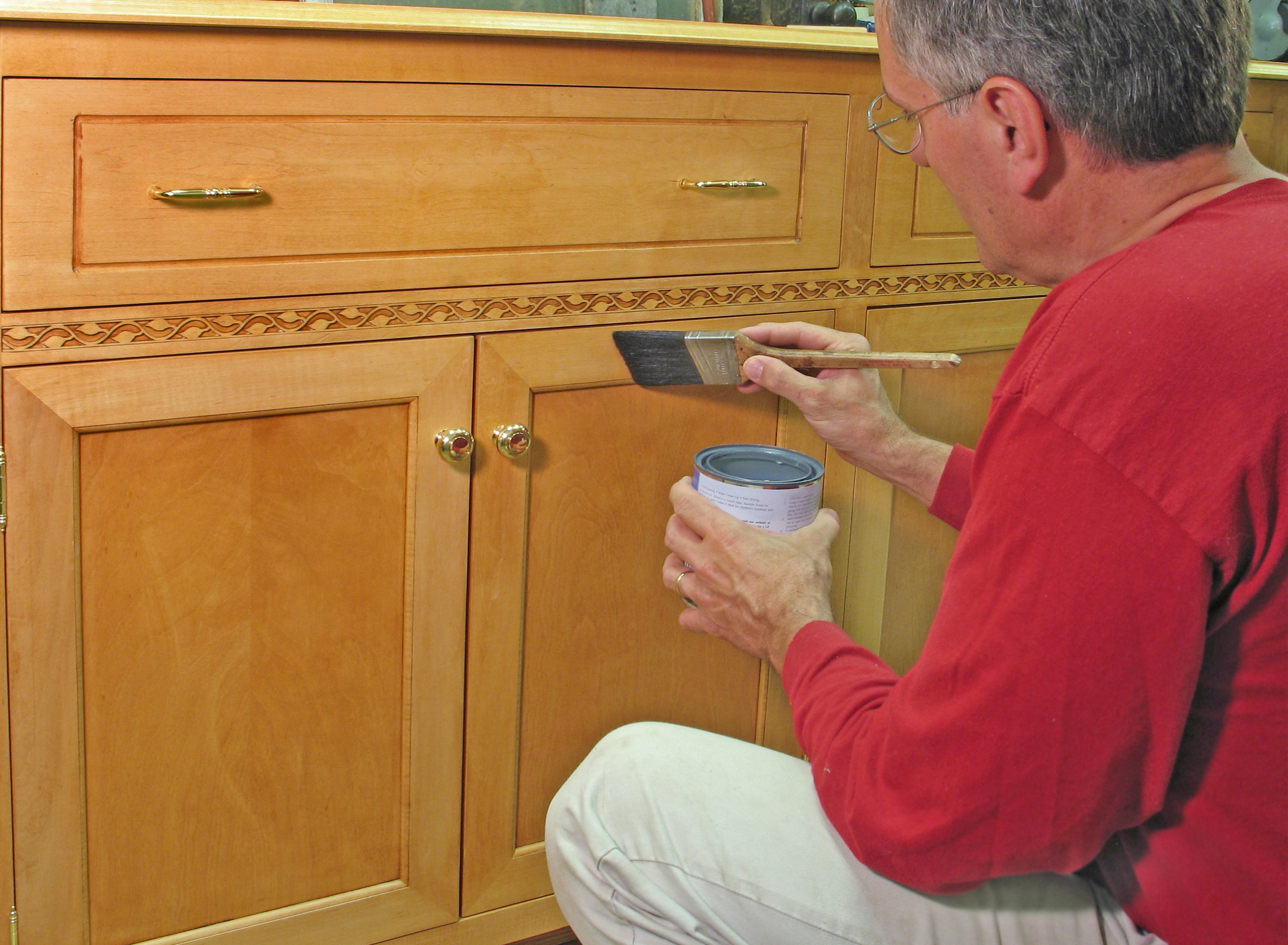Addressing Specific Concerns: Best Paint For Metal Cabinets

So, you’ve chosen your paint, you’re ready to rumble… but wait! Before you unleash your inner Bob Ross on those metal cabinets, let’s tackle some potential paint-related pitfalls. We’ll explore how different finishes fare under pressure (and humidity!), how to fix those inevitable little boo-boos, and finally, we’ll ditch the robot-written jargon and get down to brass tacks.
Best paint for metal cabinets – Choosing the right paint is only half the battle. The longevity of your beautiful new finish depends heavily on the type of paint and the conditions it faces. Think of it like this: a delicate flower (high-gloss enamel) won’t survive a hurricane (constant humidity), while a hardy cactus (alkyd enamel) might just shrug it off.
Longevity of Paint Finishes Under Varying Conditions, Best paint for metal cabinets
Let’s face it, not all paints are created equal. High-gloss paints, while stunning, tend to show scratches more readily than their satin or semi-gloss counterparts. However, they’re also generally easier to clean. Think of them as the glamorous, high-maintenance celebrities of the paint world. Conversely, satin and semi-gloss finishes offer a good balance of durability and scratch resistance, making them the reliable friends you can always count on. In high-humidity environments, an alkyd enamel paint (oil-based) will often outperform a water-based acrylic, as it’s less susceptible to moisture damage. Direct sunlight can fade any paint over time, but darker colors tend to absorb more heat, leading to faster degradation. Frequent use areas might benefit from a tougher, more durable finish like a two-part epoxy paint, although application can be trickier.
Repairing Minor Paint Chips and Scratches
Accidents happen. A rogue can opener, a runaway child’s toy – the possibilities are endless. But fear not! Minor paint damage is usually easily repaired. For small chips, you can use a touch-up paint pen in the same color and finish. For slightly larger scratches, a bit of fine-grit sandpaper (followed by a thorough cleaning) and a careful application of touch-up paint will work wonders. Remember, patience is key! Let each coat dry completely before applying the next. For deeper scratches, a more extensive repair involving priming and multiple coats might be necessary. In extreme cases, repainting the entire cabinet might be the best option, but let’s try to avoid that!
